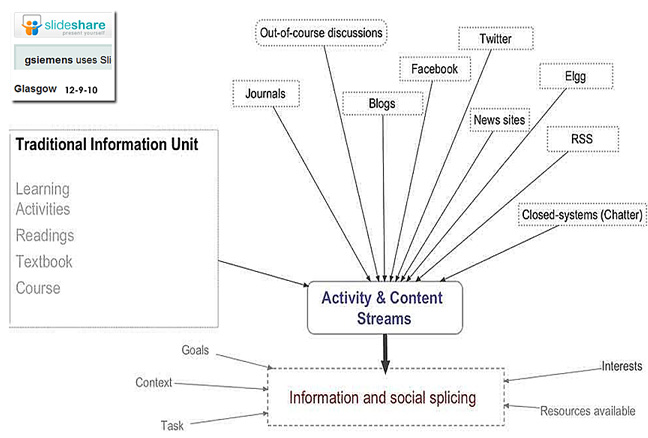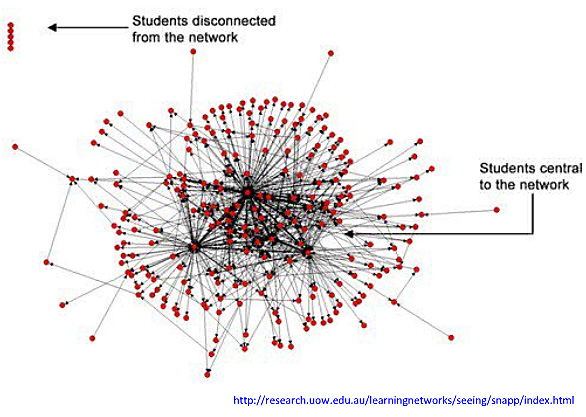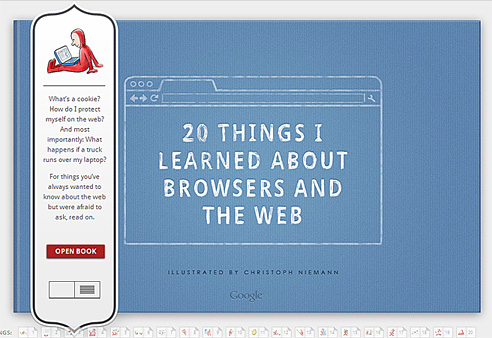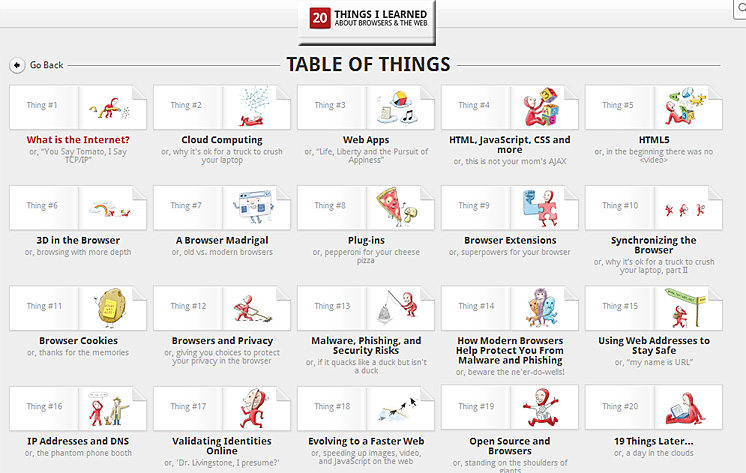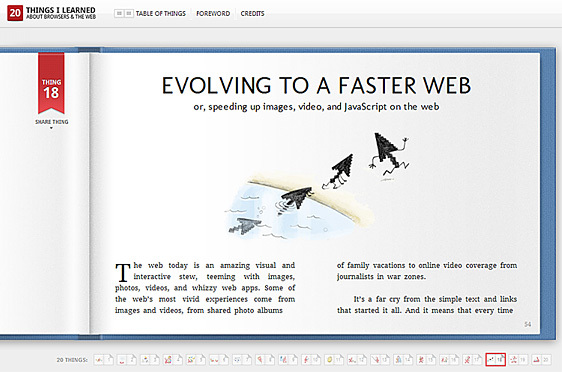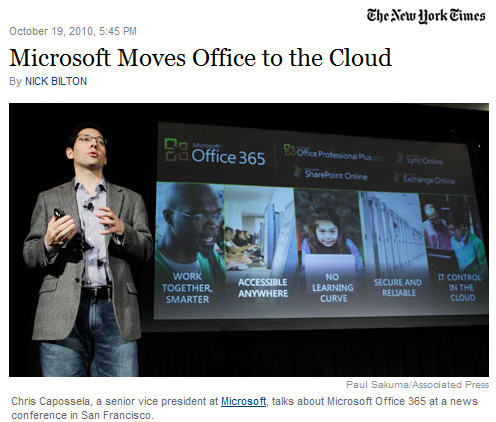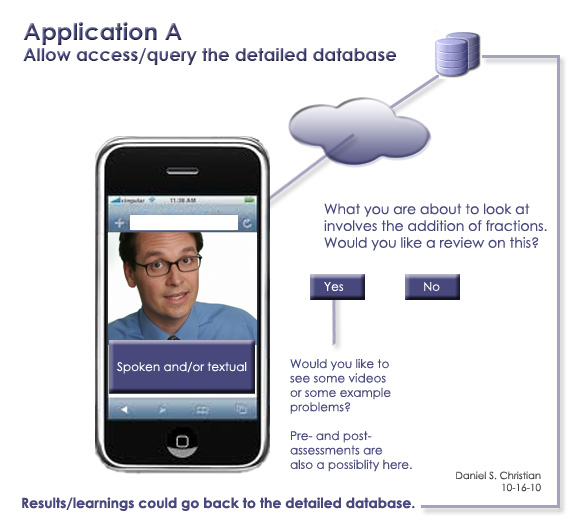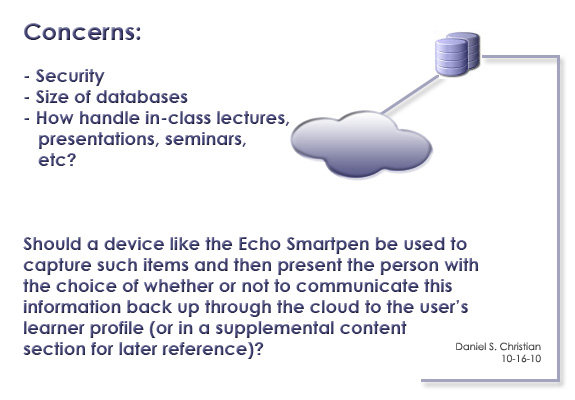Towards a new-digital learning ecosystem based on autonomic Web services — from IEEEXplore Digital Library (emphasis below from DSC)
Abstract
With the latest advances in information and communication technologies, learners can now engage in continuous and rich learning-sessions that characterize today’s digital learning ecosystems. In these ecosystems, learning resources are pervasive and dynamic. A key challenge is to develop a scalable learning system that addresses the inherent complexity of learning sessions and cater for the specific needs and requirements of individual learners. In this paper, we adopt autonomic Web services to capture disparate learning resources and build an autonomic digital learning ecosystem that reconfigures itself in response to changes in the environment such as learners’ profiles, resource availabilities, and type of instructional material. The use of autonomic Web services permits to abstract the learning resources into distributed and uniformly structured objects and to record learners’ attributes into a packaged profile. These Web services sense the learning context and coach learners in their pursuit of constructive instructional sessions. A service-oriented architecture is proposed to connect learning resources, learners’ profiles, and contextual indicators. A prototype is, also, illustrated in the paper to show the feasibility of the proposed solutions.
Also see:










